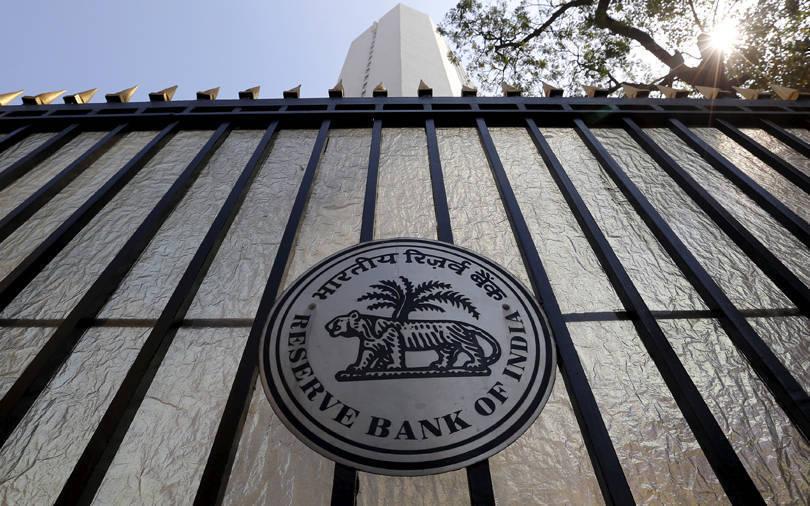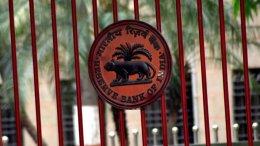The monetary policy committee on Friday indicated its intent to exit the “ultra-accommodative” stance it took during the pandemic and decided to prioritize inflation over growth as runaway commodity prices threaten to upend its price stability goal.
In what can be called a hawkish policy, a tone not heard since the onset of the covid-19 pandemic, the MPC has clearly sent out a message that the days of easy money policy will be over, sooner rather than later. In the backdrop of the rising geopolitical tensions and uncertainty owing to Russia’s invasion of Ukraine in February, the rate-setting committee has taken some specific actions in the April policy.
These include revising inflation and growth estimates; placing inflation before growth in policy response; keeping the accommodative stance but with a focus on withdrawal; normalizing the width of the short-term liquidity window and introducing the standing deposit facility for liquidity management.
“For the last three years starting February 2019, we had put growth ahead of inflation in the sequence,” RBI governor Shaktikanta Das told mediapersons.
Retail inflation stood at 6.01% in January and 6.07% in February, above the MPC’s flexible target. As per the monetary policy framework, the MPC has to maintain CPI inflation in the 2% to 6% range, with the median target of 4%.
This time, the MPC has revised it because it thought that the time is appropriate and it needs to be done, said Das.
The inflation outlook has now been revised to 5.7% in 2022-23, up from 4.5% earlier, assuming a normal monsoon this calendar year and average crude oil price of $100 per barrel. India’s gross domestic product (GDP) has been revised downwards to 7.2% in FY23 from 7.8% projected in the previous policy, a conservative stance that factors in prevailing uncertainties.
All members of the MPC – Shashanka Bhide, Ashima Goyal, Jayanth R. Varma, Mridul K. Saggar, Michael Patra and Shaktikanta Das – unanimously voted to keep the policy repo rate at 4% and to “remain accommodative while focusing on withdrawal of accommodation”.
“Now that the situation is changing and inflation, particularly, is at risk, we want to withdraw the ultra-accommodation, but we still have scope to remain accommodative,” said deputy governor Michael Patra.
The primary reason for the inflation projection being hiked is owing to war-induced factors, said Das.
The monetary policy committee was expected to revise its inflation forecast after crude oil prices went up to $120-130 per barrel before climbing down. Global crude prices have significant ramifications for domestic fuel prices since India imports over 80% of its crude oil requirement. Apart from crude, Das said that prices of edible oil, wheat, and poultry and animal feed have steepened due to war-related factors as well.
The central bank has also decided to fully restore its liquidity management framework from February 2020. While retaining the fixed rate reverse repo rate at 3.35%, the RBI has decided to restore the width of the liquidity adjustment facility (LAF) corridor to 50 basis points (bps), taking it to the pre-pandemic position. The newly-instituted standing deposit facility (SDF) at 25 bps below the benchmark repo rate of 4% would be the new floor for the policy corridor. Thus, along with the marginal standing facility (MSF) at 4.25%, acting as the ceiling, the width is now 50 bps.
Das said that the interest rate for around 80% of the total liquidity absorbed under the LAF window during Q4 of 2021-22 has come close to the policy repo rate of 4%. This was owing to the rebalancing through variable rate reverse repo (VRRR) auctions, thus preparing the financial markets for the eventual normalization.
According to Das, of the Rs 17.2 trillion liquidity offered by RBI during the pandemic, Rs 11.9 trillion has been utilized. The extraordinary liquidity measures, combined with the liquidity injected through various other operations have left a liquidity slush of Rs 8.5 trillion in the system and RBI plans to gradually withdraw it over a multi-year time period beginning this year.
“This is clearly a hawkish policy as compared to the February meeting, justified by the inflationary pressures that have emerged over the past month,” said Abheek Barua, chief economist, HDFC Bank.
Following the policy announcement, the benchmark 10-year government paper crossed 7%, settling at 7.12%. Experts said that the lack of comments on the yield curve being a public good in Das’ morning speech was construed as a suggestion that yields will be allowed to move up gradually.
“We anticipate the 10-year yield to rise to as much as 7.4% over the course of the first six months of FY23, as the market's views on the number and timing of rate hikes crystallise,” said Aditi Nayar, chief economist, Icra Ltd.






